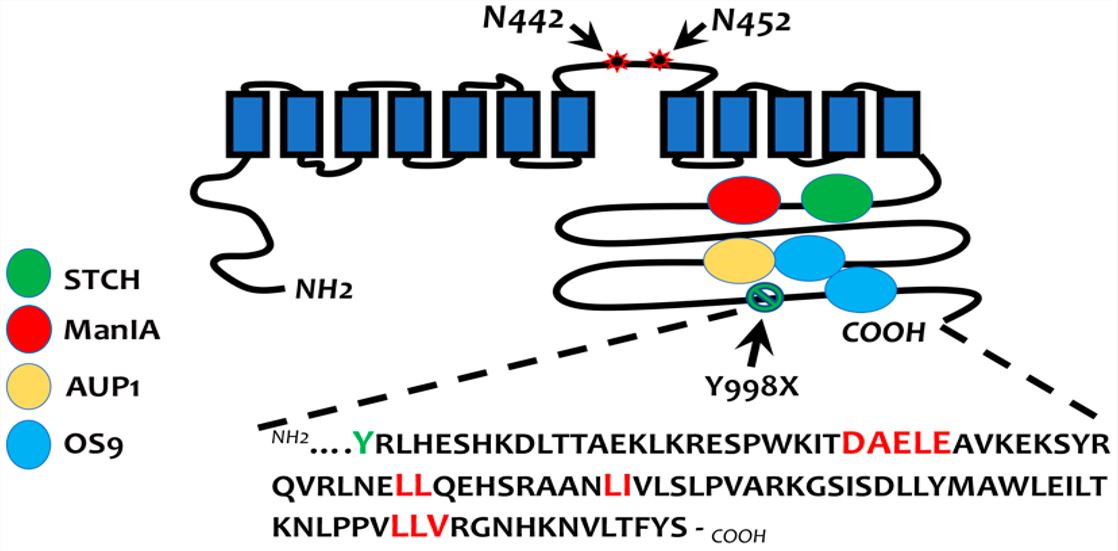Creative Biolabs is an undisputed leading provider of antibody development and generation services. Now, we customize the production of in vitro diagnostic (IVD) antibodies to your target of interest. Here, we introduce our high-quality IVD antibody development services targeting NKCC2 marker. We put our proprietary technologies and dedication to excellence to work for you.
NKCC2
NKCC2 (Na-K-Cl cotransporter 2) is one of the membrane transport proteins, which contribute to the active transport of potassium, sodium, and chloride into cells. There are two isoforms of NKCC, named NKCC1 and NKCC2, which is encoded by SLC12A2 and SLC12A1 respectively. NKCC2 is specifically found in the cells of the macula densa and the thick ascending limb of the loop of Henle (TAL) in nephrons, which is the essential functional unit of the kidney. NKCC2 serves both in sodium absorption and in tubuloglomerular feedback. It facilitates 20~25% of the reuptake of the total filtered NaCl load. Thus, NKCC2 is the main membrane transport protein with the highest overall reabsorptive capacity, by which sodium is reabsorbed from the urine since urine moves towards the more superficial portion of the thick ascending limb. In addition, NKCC2 transport activity in the macula densa cells of the TAL forms the initial step of the tubular-vascular communication within the juxtaglomerular apparatus (JGA).
 Fig.1 Depiction of ER-associated sorting motifs and interaction partners of NKCC2.1
Fig.1 Depiction of ER-associated sorting motifs and interaction partners of NKCC2.1
The Role of NKCC2 in Bartter Syndrome Type 1
Bartter syndrome is generally caused by defective transepithelial transport of Cl− in the thick ascending limb of the loop of Henle (TAL) or the distal convoluted tubule (DCT). NKCC2 plays an essential role in the renal capability to concentrate urine and thus in maintaining body water and salt homeostasis. NKCC2 contributes to one of the main salt transport pathways in the kidney, which maintains and energizes the countercurrent multiplication mechanism. In addition to regulation of acid-base and divalent mineral cation metabolism, as well as salt reabsorption, NKCC2 also has an impact on renin release and the tubuloglomerular feedback (TGF) mechanism. Mutations in the NKCC2 gene, SLC12A1, are identified to cause Bartter syndrome type I (antenatal Bartter’s disease, hyperprostaglandin E syndrome).
IVD Antibody Development Services for NKCC2 Marker
Aided by our advanced IVD platform, Creative Biolabs is able to generate antibodies with high affinity and specificity that are specific to your diagnostic target of interest, such as the NKCC2 marker. Besides, we also provide services to biotech companies and academic researchers for their needs in developing diagnostic immunoassays of various formats, including lateral flow assay, ELISA, latex-based assays, etc. With the successful completion of numerous projects, Creative Biolabs is confident in providing services and products of the best quality. If you are interested in the services we provide, please don't hesitate to contact us or directly send us an inquiry.
Reference
- Laghmani, Kamel. "Protein Quality Control of NKCC2 in Bartter Syndrome and Blood Pressure Regulation." Cells 13.10 (2024): 818. Distributed under Open Access license CC BY 4.0, without modification.
For Research Use Only.

